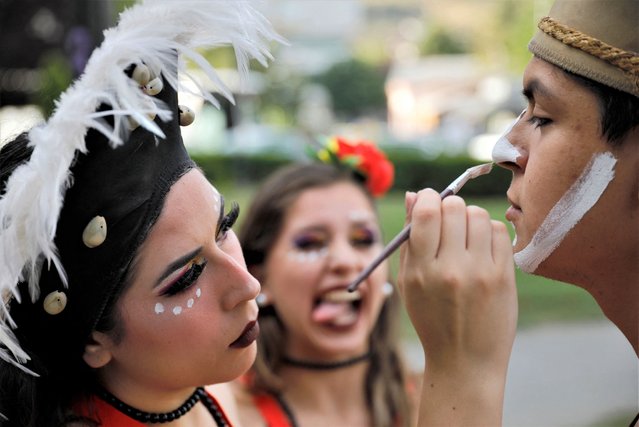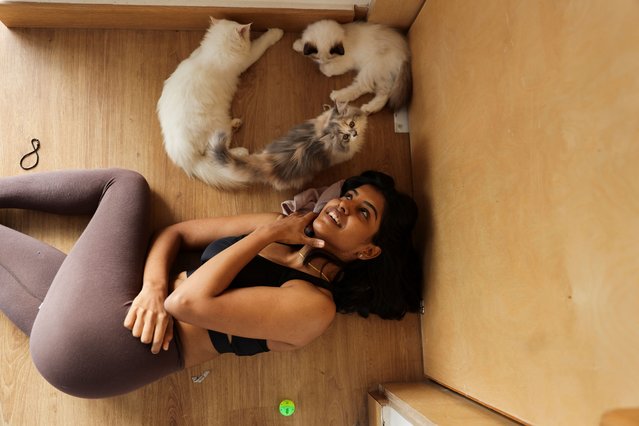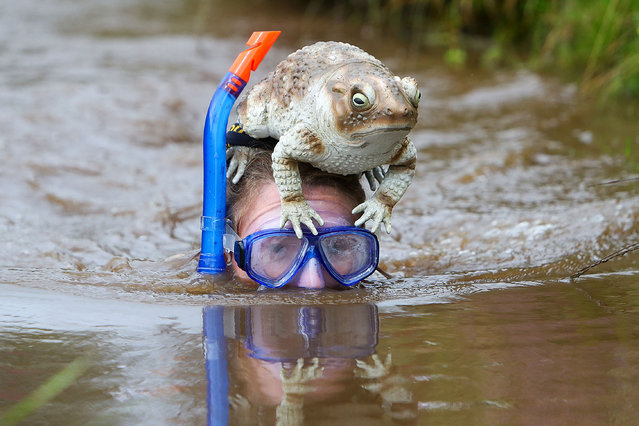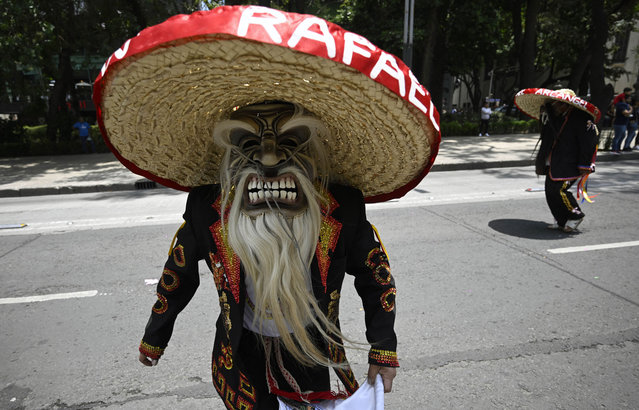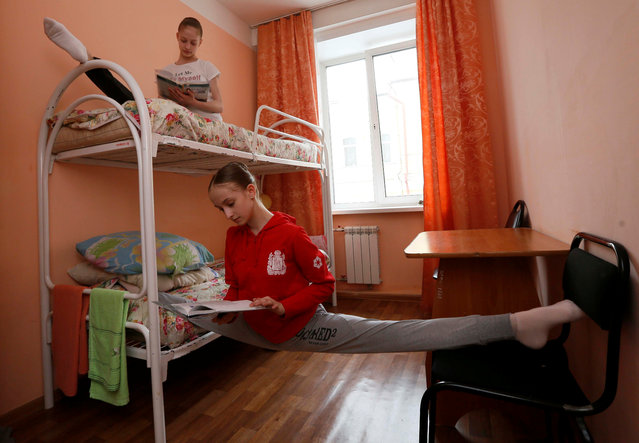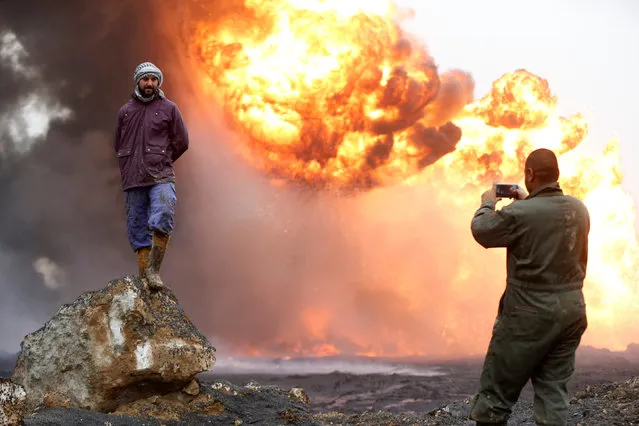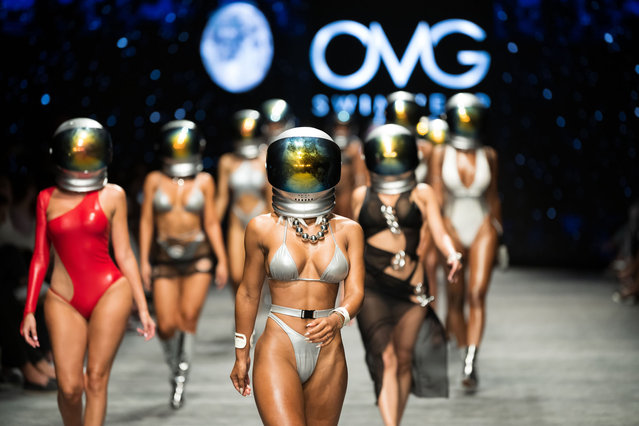
Models walk the runway wearing designs by OMG Swimwear during Miami Swim Week Powered By Art Hearts Fashion at Fountainbleau Miami Beach on July 08, 2023 in Miami Beach, Florida. (Photo by Jason Koerner/Getty Images)
16 Oct 2024 04:37:00,post received
0 comments


